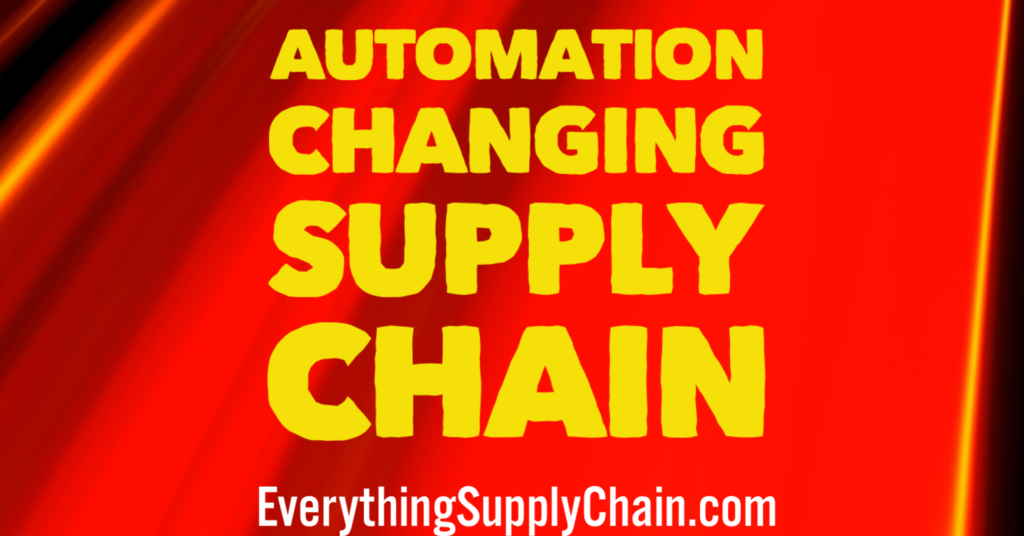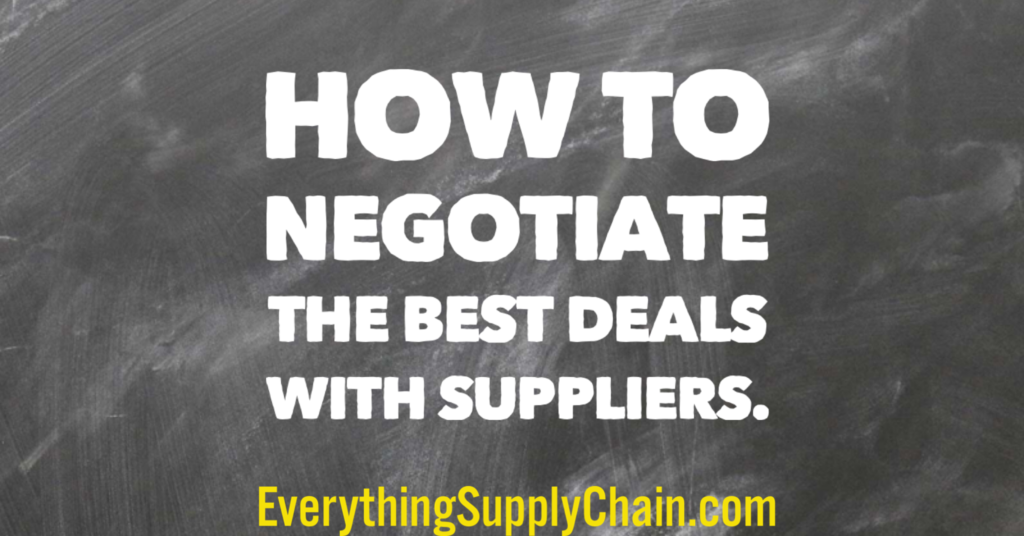Mapping a Value Stream to a Kanban Board.
Mapping a Value Stream to a Kanban Board.
Mapping a value stream to a Kanban board is a way to visualize and manage the flow of work through a process using the Kanban method. A value stream is the series of activities that are required to create value for the customer, from raw materials to the finished product.
To map a value stream to a Kanban board, the following steps can be taken:
- Identify the process: Define the process that will be mapped to the Kanban board, including the inputs, outputs, and steps involved.
- Break down the process into smaller steps: Identify the specific activities that make up the process, such as receiving an order, purchasing materials, manufacturing the product, and delivering it to the customer.
- Create a Kanban board: Create a Kanban board that represents the process, with columns for each of the activities.
- Define the flow of work: Define how work will flow through the Kanban board by defining the policies for how work will move from one column to the next.
- Add cards: Add cards to the Kanban board to represent the work items, such as customer orders or production batches.
- Implement policies: Implement policies such as Work in Progress (WIP) limits and pull-based replenishment to manage the flow of work through the Kanban board.
- Monitor and optimize: Regularly monitor the Kanban board, measure performance, and make adjustments as needed to optimize the flow of work.
By mapping a value stream to a Kanban board, companies can visualize and manage the flow of work, identify bottlenecks, and optimize the process to create value for customers in a more efficient and effective way.
In this video, Alan Shalloway describes the process of mapping a value stream to a Kanban board and why both are important in improving business-driven software development. Continuous Improvement.
Kanban and Process Improvement Blogs
- Best Continuous Improvement Quotes.
- Continuous Improvement Tools: Lean and Six Sigma.
- Deming’s 14 Points on Total Quality Management – TQM.
- Introduction to Lean Manufacturing.
- History of Continuous Improvement & Quality Gurus.
- How Toyota Changed Manufacturing – Lean Thinking,
- Kanban explained in 60 seconds.
- Process Improvement Quotes and Blogs.
- Process Improvement: Six Sigma & Kaizen Methodologies.
- Toyota Kaizen.
- Toyota Production Documentary – Toyota Manufacturing Production and Assembly at Toyota Factory.
- TOYOTA Production System: Kanban Production.
Continuous Improvement Quotes
- “Agile values ask us to make progress with imperfect information and to rework later as we learn more. Lean Product Development teaches us to understand the cost of delay and to recognize that earlier, faster progress to a partial solution is often better than delaying to acquire better information leading to a more complete solution.” ~ David J. Anderson
- “Continuous improvement is better than delayed perfection.” ~ Mark Twain
- “Continuous improvement is not about the things you do well — that’s work. Continuous improvement is about removing the things that get in the way of your work. The headaches, the things that slow you down, that’s what continuous improvement is all about.” ~ Bruce Hamilton
- “Many people think that Lean is about cutting heads, reducing the work force or cutting inventory. Lean is really a growth strategy. It is about gaining market share and being prepared to enter in or create new markets.” ~ Ernie Smith
- “Sometimes no problem is a sign of a different problem” ~ Mark Rosenthal






